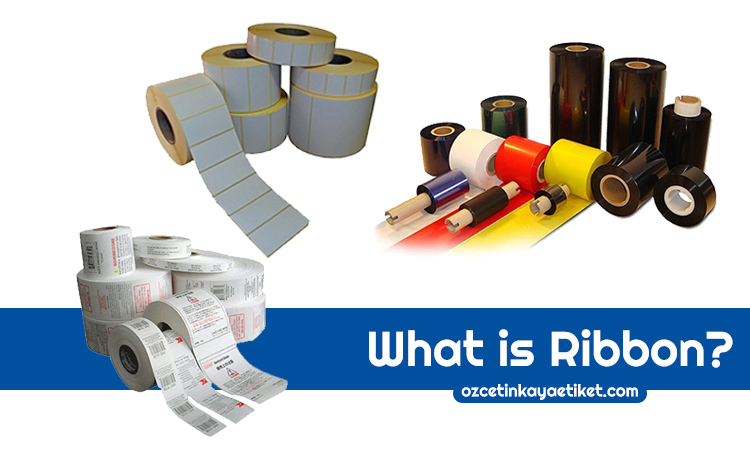
What is Ribon and What are the Types of Ribbons?
The material that allows printing on labels is called ribbons. Barcode printers are required for the printing method of labels. However, thermal transfer method must be applied for printing to hold. The ribbon material to which these methods are applied is basically a rolled strip and its content contains ink that can melt when it is heated. Ribbon equipment is produced from three different layers; these layers are protective layer, ink material that can melt when it is heat and film layer. The ink material which can be melted according to the different features of the ribbons can be produced from the resin product or the wax product.
Where is the ribbon used?
Ribbons are the most commonly used printing products in the thermal transfer printing method. If ribbon is used in a printing process, the print head of the printer will not be damaged. However, the labels used also benefit from being resistant to outdoor effects, heat and moisture.
What are Ribbons?
Wax Ribbon: The most robust ribbon type is Wax ribbon. It is the most preferred type among ribbons due to its robustness and economic equipment. This type of paper, which can be used in many fields, allows printing of labels and keeps the printing costs at low figures. The most widely used area is the textile industry.
Resin Ribbons are used for the labels with the compound main substance and it is the type with higher price among these materials. Durable resins are often preferred in prints in garments. Resin material polymide and polyester, which are many units of measure, can be applied to materials similarly.
Wax Resin Ribbons: Wax Resin ribbons are the most expensive tools and materials. As can be understood from its name, it is obtained by mixing both Wax material and Resin material. In general, fifty percent Wax is used in its content, fifty percent Resin, or 30% wax is used. 70% resin is used. This equipment, which has a high level of difficulty in the market, should be used on strong labels (types that are not likely to bend and twist).

